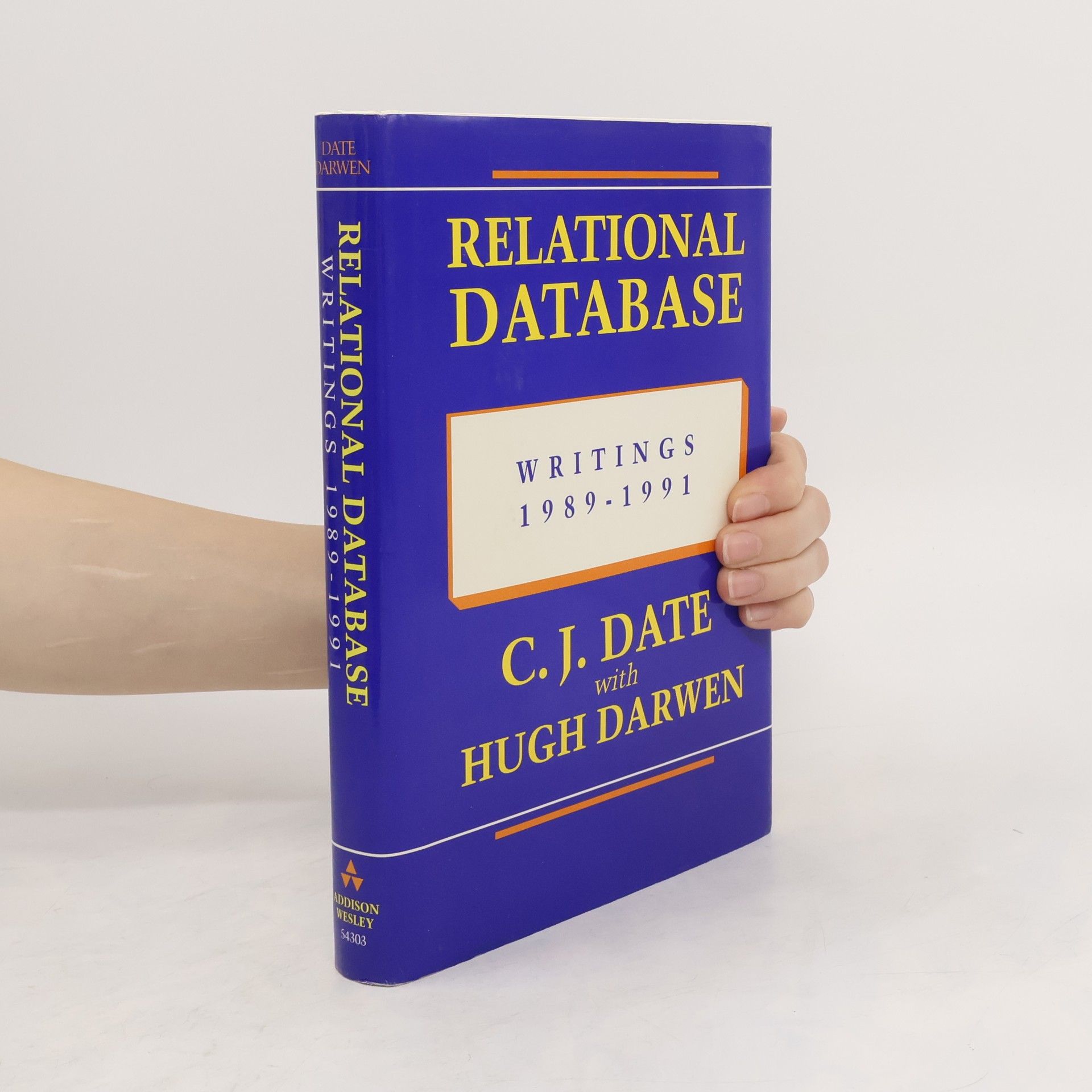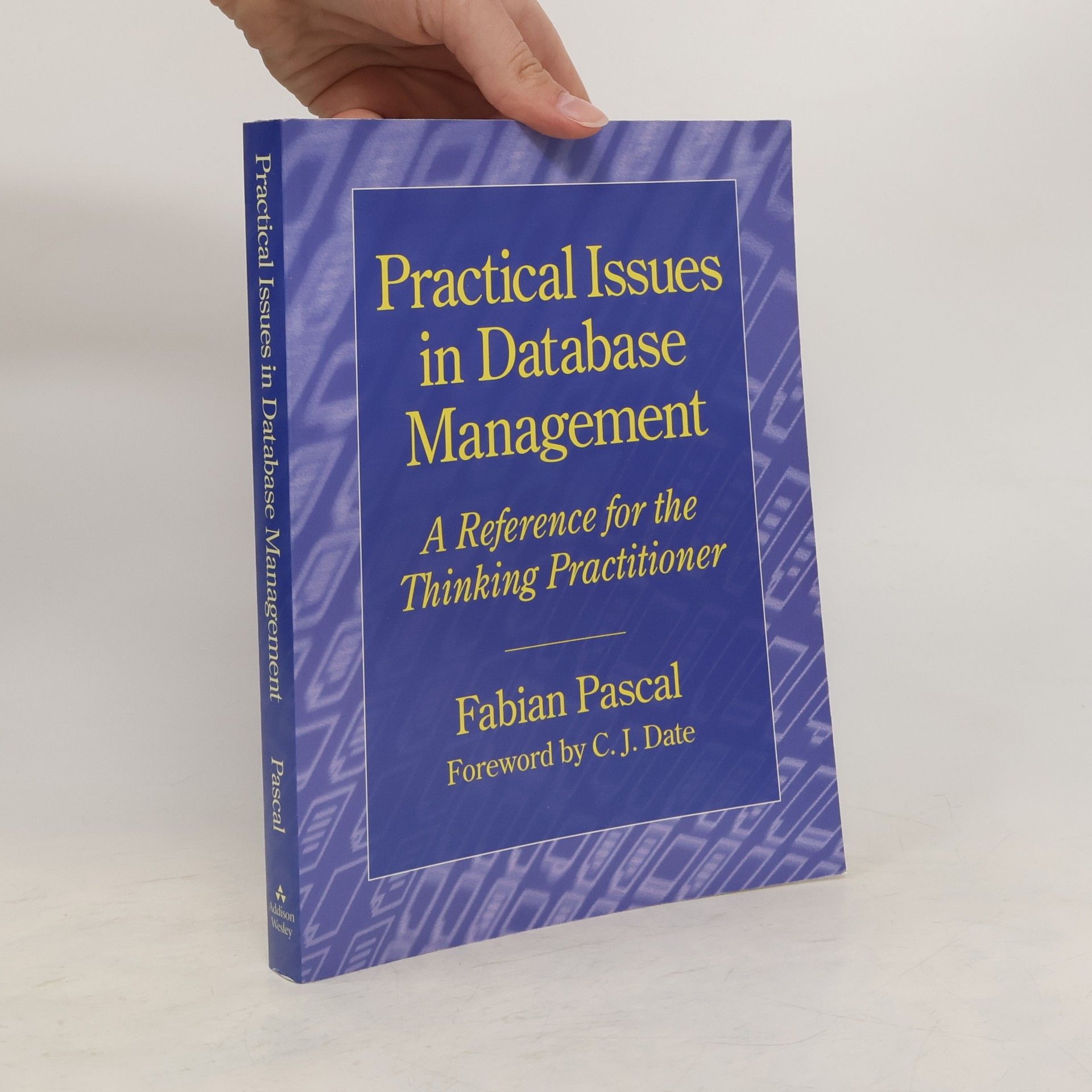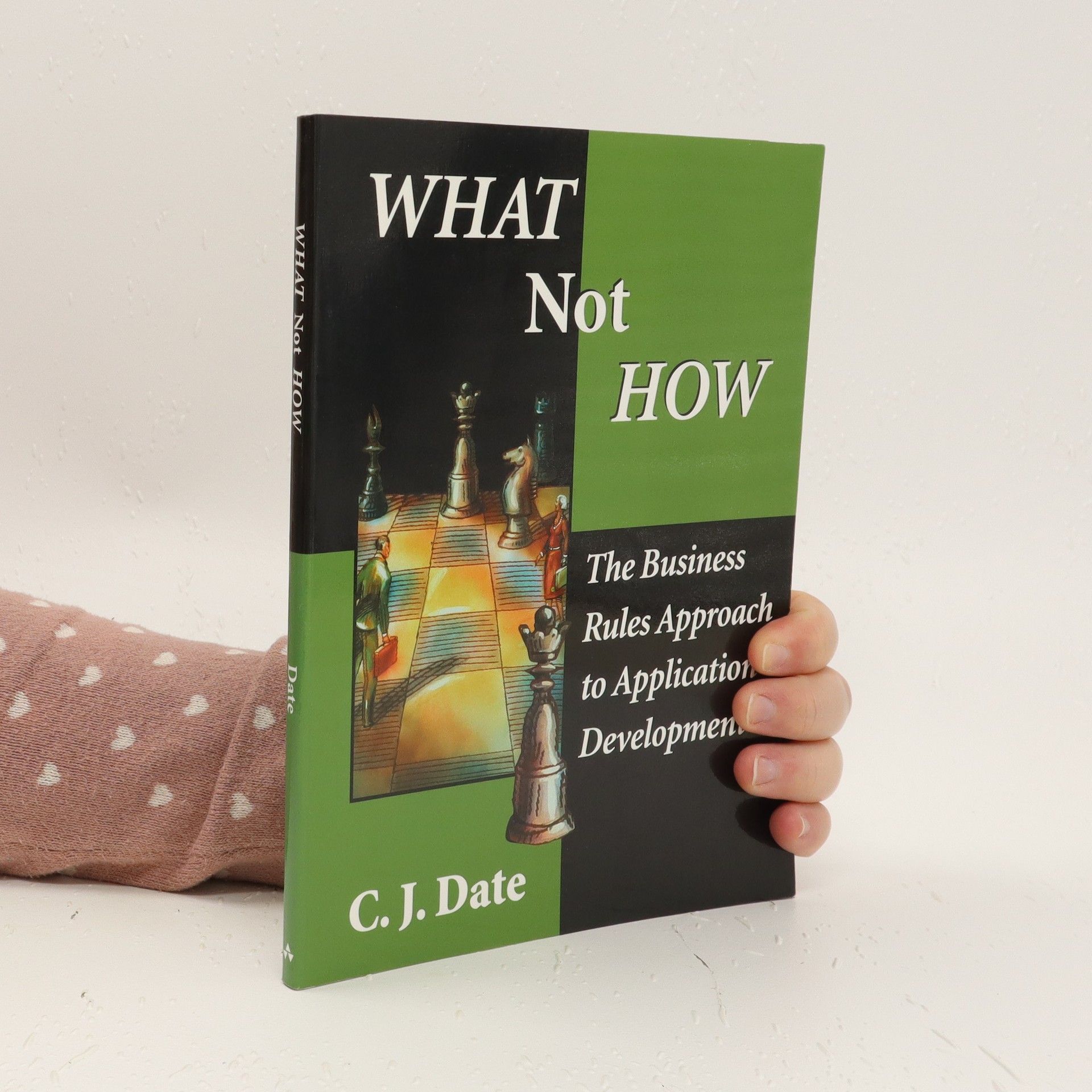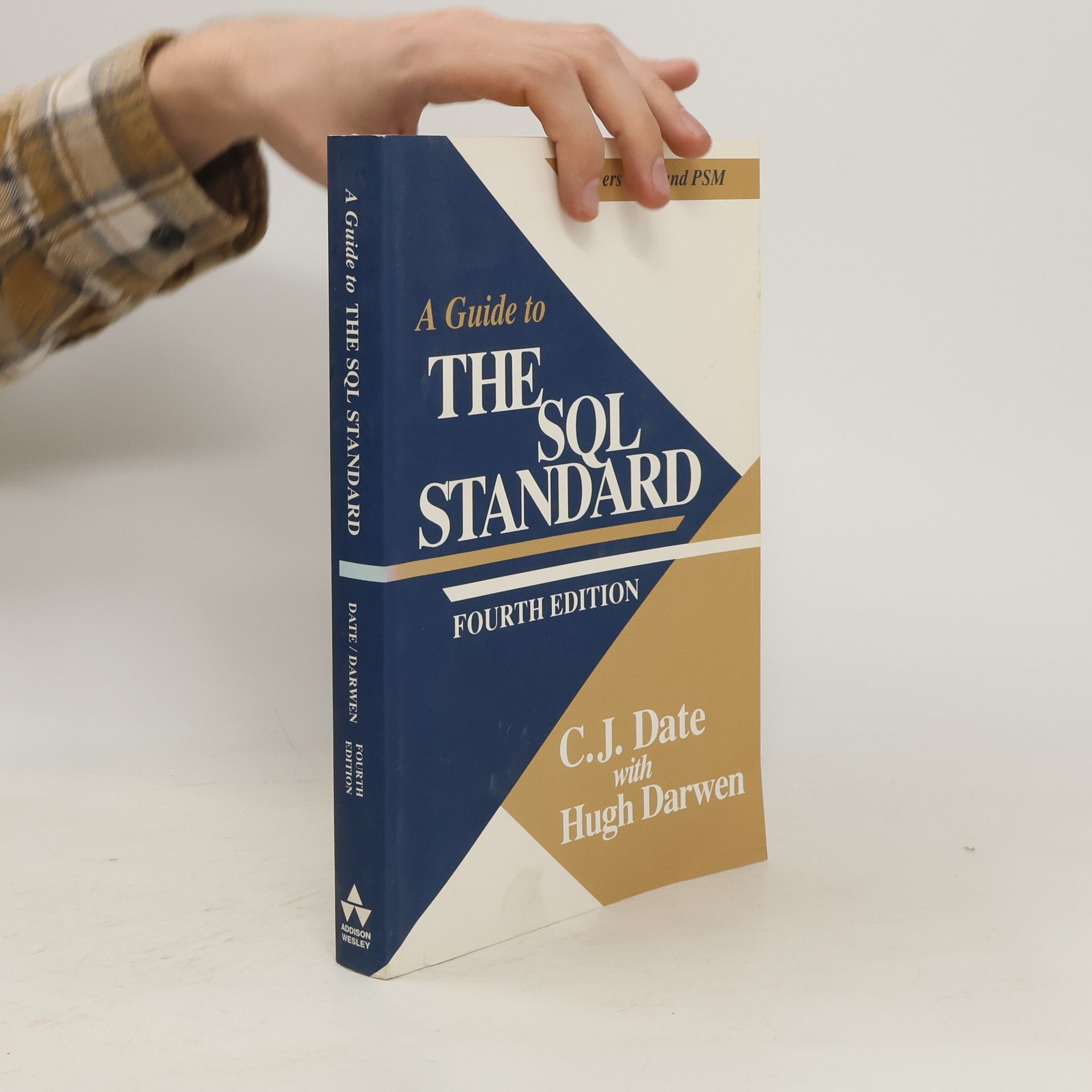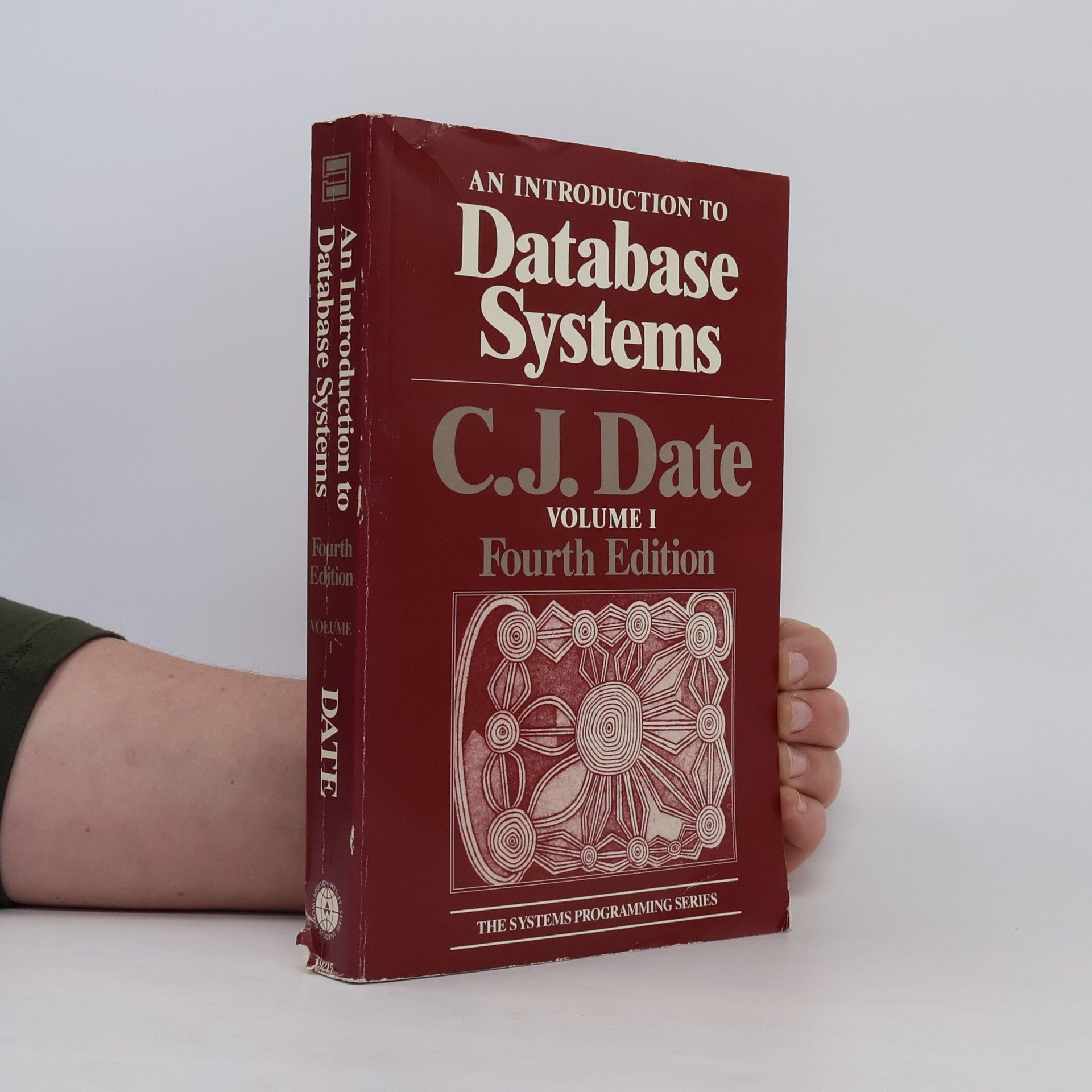Practical Issues in Database Management
A Refernce for the Thinking Practitioner
- 256 Seiten
- 9 Lesestunden
Databas(e)ics clearly explains the key concepts users and database professionals need to understand in order to build well-designed databases that answer business questions accurately and efficiently. Fabian Pascal, one of the industry's leading experts, identifies ten critical, recurring issues that both database users and vendors often fail to address appropriately. Pascal demonstrates why understanding these fundamentals is so important, providing detailed examples and solutions designed to help users escape the key pitfalls of database development. KEY TOPICS: Among the topics covered: unstructured data and complex data types; business rules and enforcing data integrity; keys; duplicates; normalization; entity subtypes and supertypes; data hierarchies and recursive queries; redundancy; quota queries; and how to handle missing information. Along the way, Pascal offers no-holds-barred assessments of how well current SQL implementations and commercial products address each issue. Databas(e)ics , in short, is a complete guide to building databases right the first time, so they don't have to be rebuilt later. MARKET: For all DBAs, developers, managers, and end-users that need to understand the best ways to design and implement database systems. Databasics clearly explains the key concepts users and database professionals need to understand in order to build well-designed databases that answer business questions accurately and efficiently. Fabian Pascal, one of the industry's leading experts, identifies ten critical, recurring issues that both database users and vendors often fail to address appropriately. Pascal demonstrates why understanding these fundamentals is so important, providing detailed examples and solutions designed to help users escape the key pitfalls of database development. Among the topics covered: unstructured data and complex data types; business rules and enforcing data integrity; keys; duplicates; normalization; entity subtypes and supertypes; data hierarchies and recursive queries; redundancy; quota queries; and how to handle missing information. Along the way, Pascal offers no-holds-barred assessments of how well current SQL implementations and commercial products address each issue. Databasics , in short, is a complete guide to building databases right the first time, so they don't have to be rebuilt later. For all DBAs, developers, managers, and end-users that need to understand the best ways to design and implement database systems.
